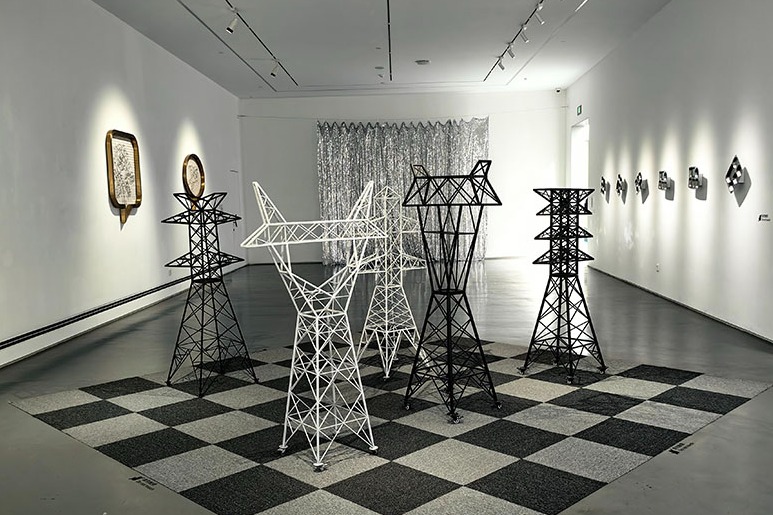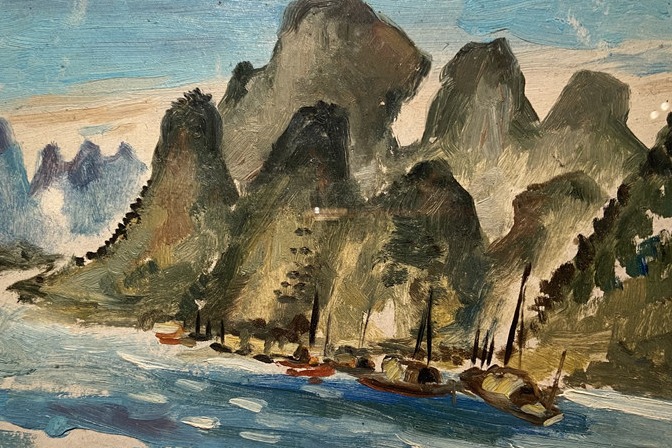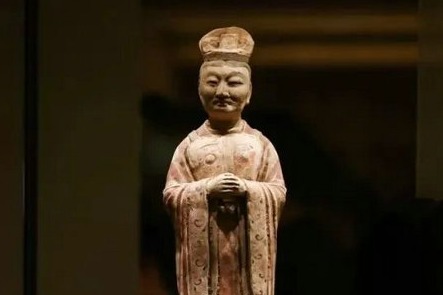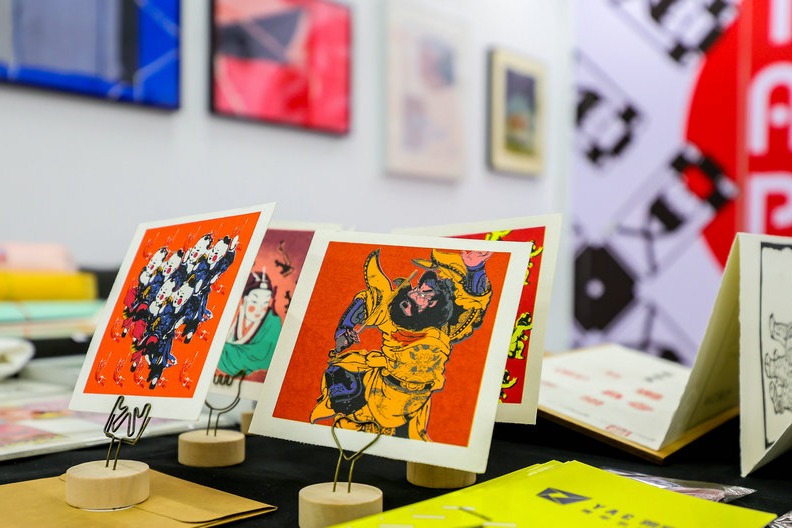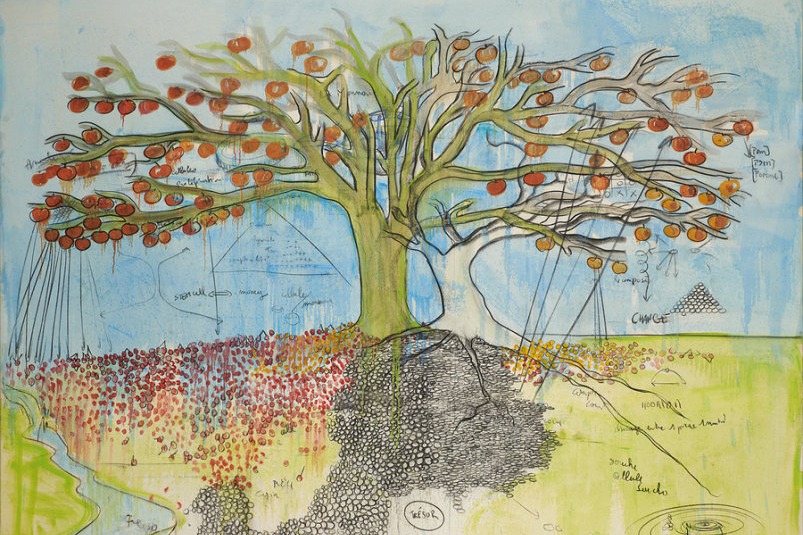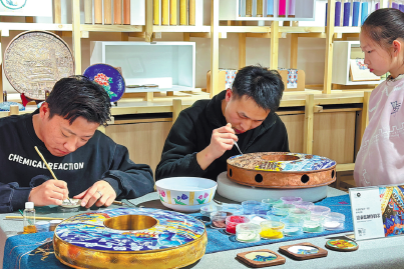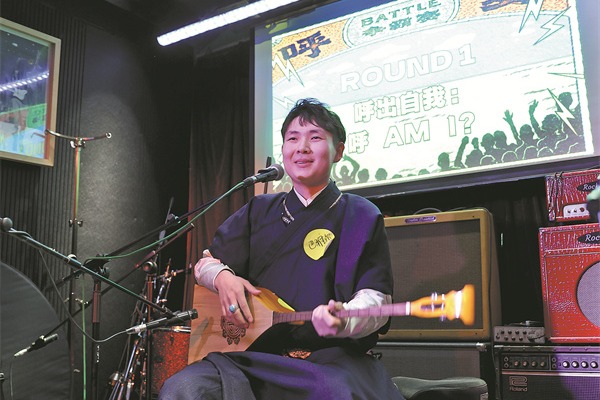Huge influence blooms in miniature gardens

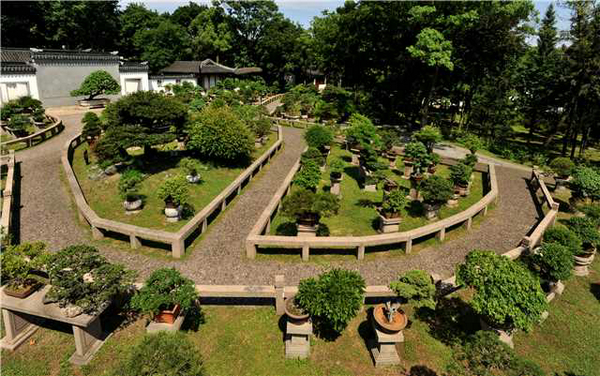
The Ming Dynasty (1368-1644) marked a boom in the urban economy of Suzhou, a period that also turned the city into a major cultural center. Printing houses and painting studios blossomed, which raised the curtain on golden age of literati painting-an artistic school that aimed to reveal the painters' self-cultivation and morals rather than focusing on showing artistic skill through the accurate depiction of details.
"That tradition of abstract expression also defined what Suzhou-style penjing has looked like," Tan explains. "We prefer an image that doesn't look 'too full'. So, in designing a penjing work, we tend to leave some blank areas that provide space for viewers to imagine. A few slim, simply placed branches can inspire people to think of a bigger picture, just like in a Chinese ink painting."
In Tan's eyes, that unadorned yet tasteful style is also the best way to pay homage to nature.
Nevertheless, as a horticulturist, he also understands it is against the nature to prune branches of the plants just for people's tastes. Consequently, a penjing work will be moved out of Wanjing Shanzhuang after being publicly showcased and continuously pruned for five to eight years. In the cultivation base, it can enjoy a break of around three years to freely grow.
"It is to respect life," Tan says.
In recent years, Suzhou has nurtured some entrepreneurs who, as fans of penjing, have contributed to the revitalization of horticultural art. They introduced new styles and techniques, not only from the rest of China, but also from Japanese bonsai.
Tan considers it to be important for cultivators to breed new varieties of penjing.
"Penjing works are beautiful, but people have a stereotype that they were owned by the rich and we can only admire them as art," he says.
"However, only when they are embraced by young people and general consumers, can they benefit from being part of people's wider modern aesthetic taste. After all, it's a Suzhou garden that they can take home."


















